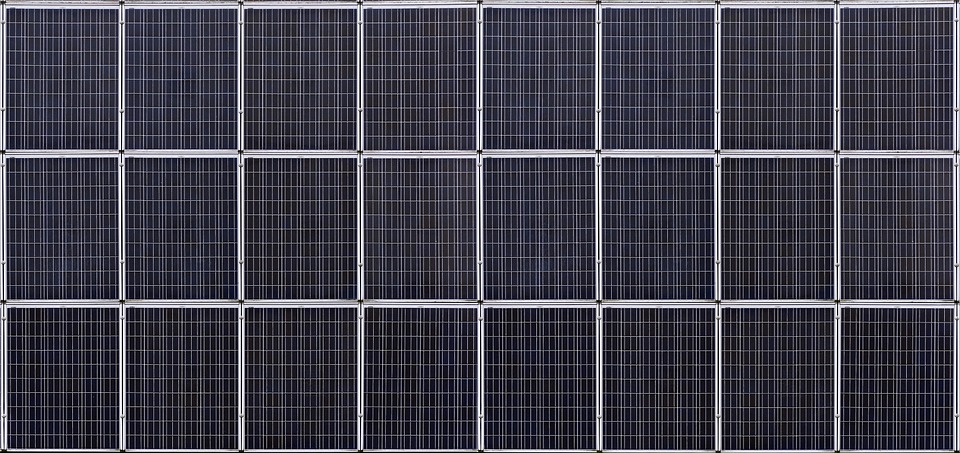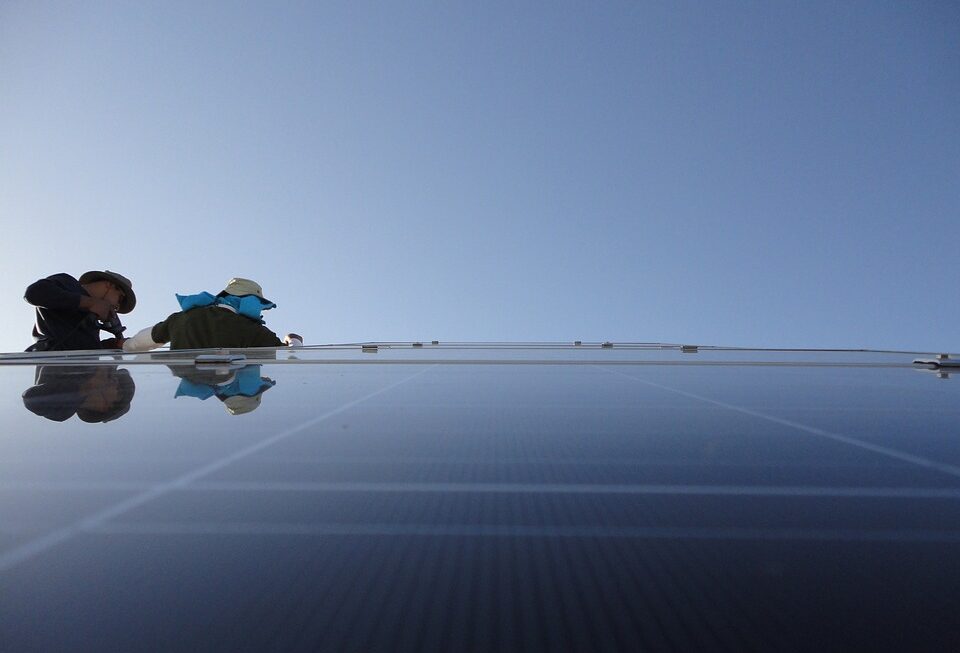[ad_1]
Hydrogen Fuel Cells: Fueling the Future of Transportation and Clean Energy
As the global demand for energy continues to grow, the need for sustainable and clean energy sources has become increasingly important. Hydrogen fuel cells have emerged as a promising technology that could play a key role in the transition to a low-carbon energy system. Offering a clean and efficient alternative to traditional fossil fuels, hydrogen fuel cells have the potential to power a wide range of applications, from transportation to stationary power generation. In this article, we will explore the technology behind hydrogen fuel cells, their potential applications, and the benefits they offer in the pursuit of a more sustainable energy future.
What are Hydrogen Fuel Cells?
Hydrogen fuel cells are electrochemical devices that convert the chemical energy of hydrogen into electricity, with water and heat as the only byproducts. The process involves the electrochemical reaction between hydrogen and oxygen, which takes place within the fuel cell to produce electricity. This electricity can then be used to power electric motors in vehicles, provide electricity for buildings, or supplement renewable energy systems.
There are several types of fuel cells, each with its own unique characteristics and applications. The most common type is the proton exchange membrane (PEM) fuel cell, which is suitable for both stationary and mobile applications. Other types include alkaline fuel cells, phosphoric acid fuel cells, and solid oxide fuel cells, each of which has its own advantages and limitations.
Hydrogen is the basic fuel for fuel cells, but they can also use hydrocarbons, such as natural gas and methanol, as a source of hydrogen. Nevertheless, for the purpose of this article, we will focus on the use of pure hydrogen as the fuel source.
Applications of Hydrogen Fuel Cells
Transportation
One of the most promising applications of hydrogen fuel cells is in the transportation sector. Fuel cell electric vehicles (FCEVs) use hydrogen as a fuel to generate electricity, which powers an electric motor to drive the vehicle. FCEVs offer several advantages over traditional internal combustion engine vehicles, including zero-emission operation, long driving range, and fast refueling times.
In recent years, several automakers have begun commercializing FCEVs, with models such as the Toyota Mirai and Hyundai Nexo already on the market. These vehicles offer a viable alternative to battery electric vehicles (BEVs) by addressing some of the limitations of battery technology, such as long refueling times and limited driving range.
Moreover, fuel cell technology is not limited to passenger cars. It can also be used in heavy-duty vehicles, such as buses and trucks, where long driving range and quick refueling times are crucial for commercial operations. Additionally, fuel cell technology can be integrated into maritime and aviation applications to reduce emissions and improve energy efficiency.
Stationary Power Generation
In addition to transportation, hydrogen fuel cells can also be used for stationary power generation. Fuel cells are capable of providing reliable and clean electricity for a wide range of applications, including residential, commercial, and industrial use. They can be used as a backup power source for critical facilities, such as hospitals and data centers, or as a primary power source for off-grid applications.
In the context of renewable energy integration, hydrogen fuel cells can play a crucial role in addressing the intermittency and variability of renewable energy sources, such as wind and solar power. By converting excess electricity from renewable sources into hydrogen through a process called electrolysis, fuel cells can store and release energy when it is needed, effectively bridging the gap between energy supply and demand.
Hydrogen Infrastructure
The widespread adoption of hydrogen fuel cells is contingent upon the development of an extensive infrastructure for hydrogen production, distribution, and refueling. While the production of hydrogen from natural gas is a well-established process, the production of “green” hydrogen from renewable sources is still in its early stages.
Electrolysis, the process of splitting water into hydrogen and oxygen using electricity, is a key technology for producing green hydrogen. By using renewable energy sources, such as wind or solar power, electrolysis can produce hydrogen without generating any greenhouse gas emissions.
Once produced, hydrogen must be transported and stored before being delivered to fueling stations. This requires the development of a robust and cost-effective infrastructure, including pipelines, storage facilities, and refueling stations, to support the widespread deployment of hydrogen fuel cell vehicles.
Challenges and Opportunities
Despite the promise of hydrogen fuel cell technology, there are several challenges that need to be addressed in order to realize its full potential. One of the main challenges is the cost of producing and storing hydrogen, as well as the cost of fuel cell systems themselves. While the cost of fuel cell technology has been steadily declining, it still remains higher than that of internal combustion engines or battery electric vehicles.
In addition, the availability of hydrogen refueling infrastructure is still limited, particularly outside of certain regions where government initiatives and private investments have supported its development. To overcome this challenge, concerted efforts are needed to expand the hydrogen refueling network and make it more accessible to consumers.
Furthermore, the production of green hydrogen at scale requires substantial investments in renewable energy capacity and electrolysis technology. While progress is being made in this area, significant investments and policy support will be necessary to drive down costs and increase the competitiveness of green hydrogen compared to conventional fuels.
Despite these challenges, there are many opportunities for the expansion of hydrogen fuel cell technology in the coming years. The growing demand for clean and sustainable energy solutions, coupled with the increasing momentum of global efforts to address climate change, creates a favorable environment for the development and deployment of hydrogen fuel cells.
In addition, advancements in fuel cell technology, such as improved efficiency and durability, are making fuel cells more attractive for a wider range of applications. As the technology continues to evolve, the performance of fuel cells is expected to improve while costs continue to decline, making hydrogen a more viable and competitive energy option.
FAQs
Q: Are hydrogen fuel cells safe?
A: Yes, hydrogen fuel cells are safe for use in vehicles and stationary applications. The hydrogen used in fuel cells is stored under pressure in reinforced tanks and is just as safe as other common fuels. In the event of a leak, hydrogen rapidly disperses into the atmosphere, reducing the risk of combustion. Additionally, fuel cells operate at much lower temperatures than internal combustion engines, and do not produce harmful emissions.
Q: How does the cost of hydrogen compare to gasoline or electricity?
A: The cost of hydrogen depends on the method of production and the scale of production. Currently, the cost of hydrogen is higher than that of gasoline or electricity from conventional sources. However, as production methods improve and renewable energy costs continue to decline, the cost of hydrogen is expected to become more competitive. In addition, the total cost of ownership for fuel cell vehicles, including fuel costs and maintenance, can be similar to that of internal combustion vehicles.
Q: Where can I find hydrogen refueling stations?
A: Hydrogen refueling stations are currently more prevalent in certain regions, such as California, Germany, and Japan, where government support and private investments have accelerated their development. Several initiatives are underway to expand the hydrogen refueling network, with a focus on key transportation corridors and urban areas. As the adoption of fuel cell vehicles increases, more refueling stations are expected to be built to support their growth.
Q: What is the environmental impact of hydrogen fuel cells?
A: Hydrogen fuel cells offer significant environmental benefits compared to traditional internal combustion engines. When produced from renewable sources, such as wind or solar power, hydrogen is considered “green” and does not produce any greenhouse gas emissions during its use. Additionally, fuel cell vehicles emit only water vapor and heat, with no harmful pollutants or particulate matter released into the atmosphere.
Q: What are the limitations of hydrogen fuel cells?
A: While hydrogen fuel cells offer many advantages, there are some limitations that need to be addressed, such as the cost of production, storage, and distribution of hydrogen. In addition, the availability of hydrogen refueling infrastructure is still limited in many regions, which can be a barrier to the widespread adoption of fuel cell vehicles. However, ongoing advancements in technology and supportive policy measures are expected to address these limitations in the coming years.
In conclusion, hydrogen fuel cells hold great promise as a sustainable and efficient energy solution for transportation and stationary power generation. With ongoing advancements in technology and increasing global momentum towards decarbonization, hydrogen fuel cells are poised to play a crucial role in the transition to a low-carbon energy future. By addressing the challenges and harnessing the opportunities presented by hydrogen fuel cells, we can accelerate the deployment of this transformative technology and contribute to a cleaner and more sustainable energy landscape.
[ad_2]



